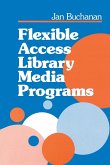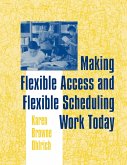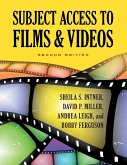This definitive guide reflects the 2002 revision of the Anglo-American Cataloguing Rules and its 2004 update, the latest version of the Library of Congress Rule Interpretations, and the CONSER Module 31. Basic topics include the principles of organization, the cataloging process, sound recordings, video recordings, electronic resources, resource integration, remote access electronic serials, and the challenges of organizing information in a digital environment. Examples of current standards for descriptive cataloging, choice of access points, and subject analysis abound, along with real life analyses of bibliographic records. CDs. DVDs. MP3s. Streaming videos. Electronic books. Web resources. Remote access electronic serials. These are but a few of the resources driving an increasing percentage of library user interests, influencing library collection development, and placing increased demands on the library cataloger's skill set. This definitive guide to performing descriptive cataloging and subject analysis on audiovisual and multimedia resources reflects the 2002 revision of the Anglo-American Cataloguing Rules and its 2004 update, the latest version of the Library of Congress Rule Interpretations, and the CONSER Module 31. Basic topics include the principles of organization, the cataloging process, sound recordings, video recordings and electronic resources, resource integration, remote access electronic serials, and the challenges of organizing information in a digital environment. The five materials chapters consist of an introduction to the format-followed by a discussion, with examples, of current standards for descriptive cataloging, choice of access points, and subject analysis-and concludes with analyses of 10 bibliographic records. Designed for either self-study or classroom use, here is a guide no 21st-century library can afford to be without.








